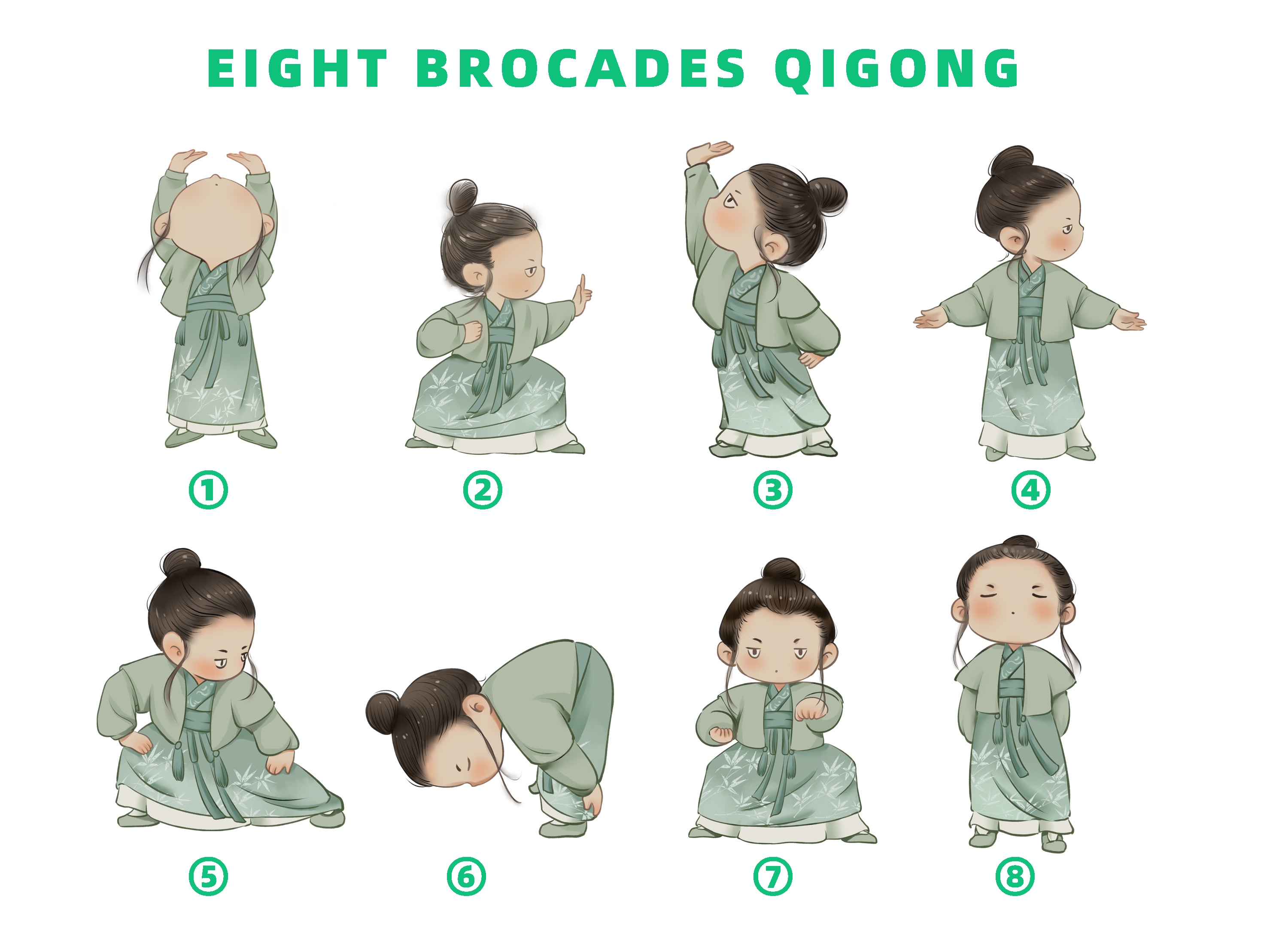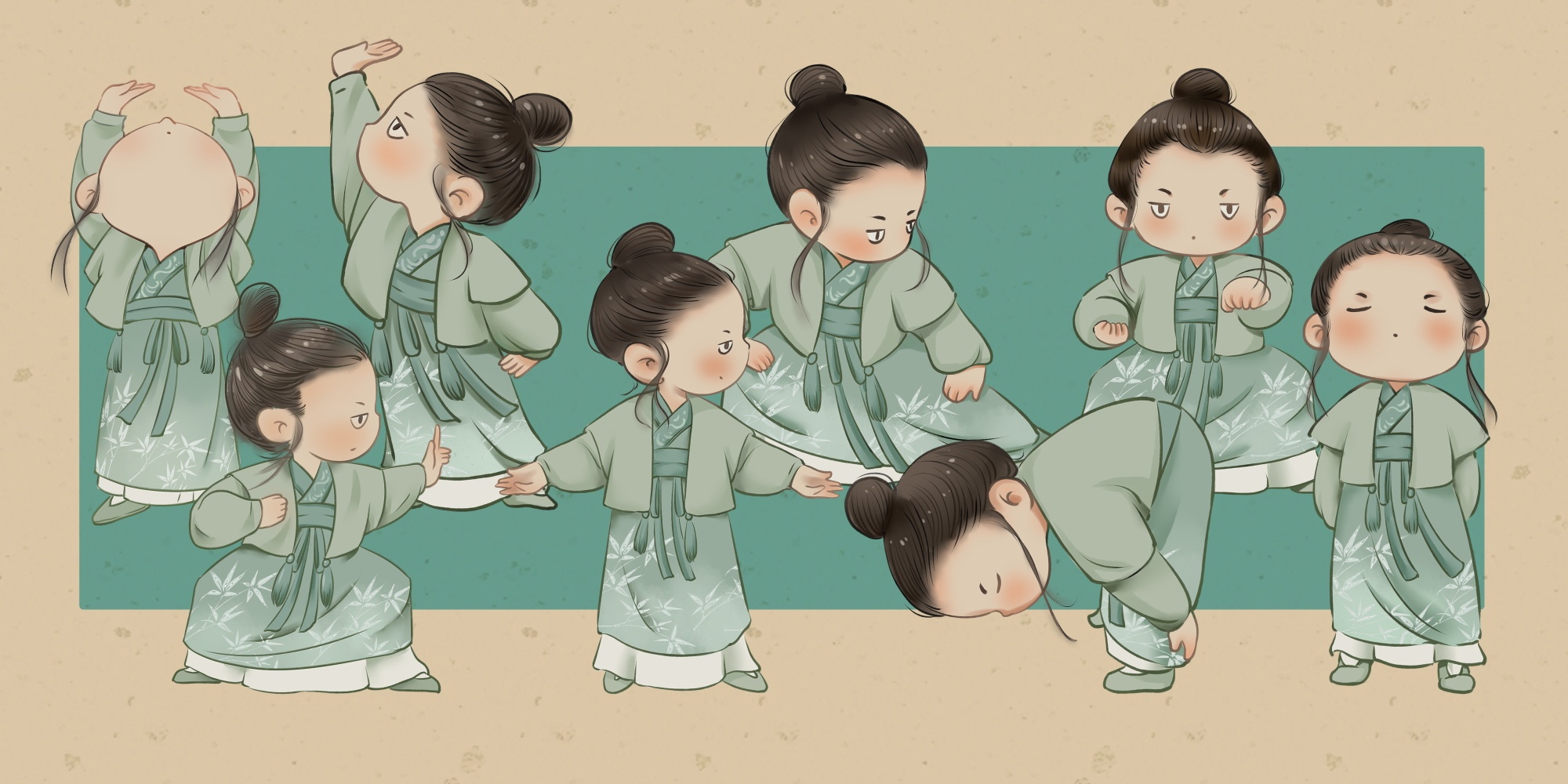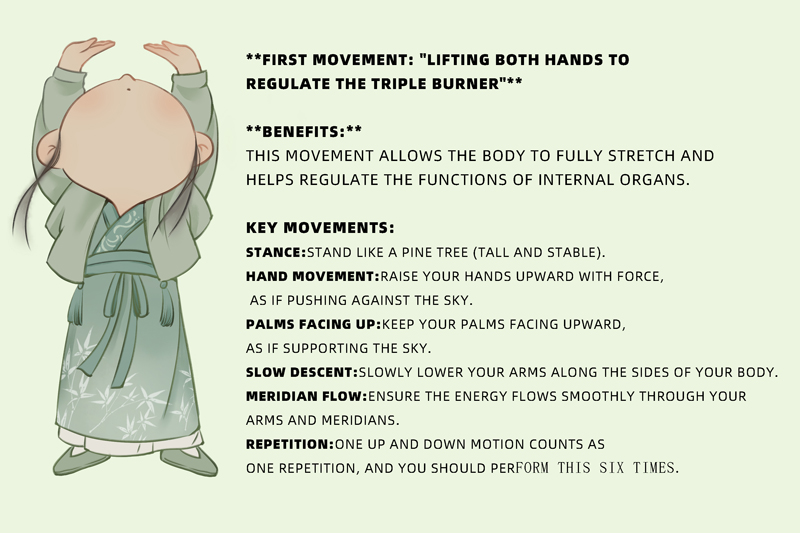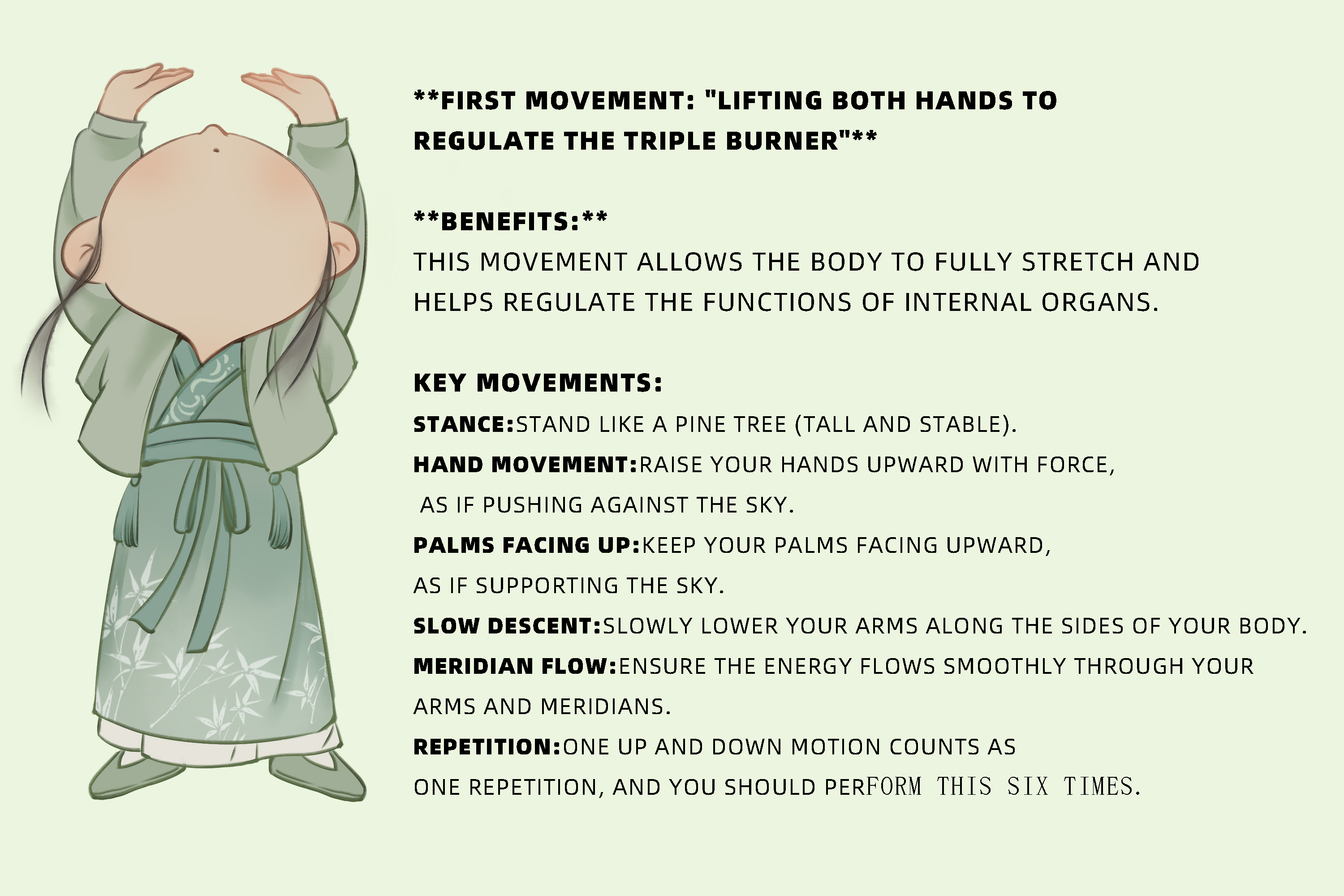

Qigong for Neck Tension: Alleviate Discomfort and Improve Posture with Ancient Practice
Neck tension is a common issue in today’s fast-paced, technology-driven world. Whether from long hours of sitting at a desk, staring at screens, or carrying stress, many people experience discomfort, stiffness, or pain in the neck and shoulders. Qigong, an ancient Chinese practice that combines slow movements, breathing techniques, and meditation, offers a natural and effective way to relieve neck tension while improving overall well-being. In this article, we’ll explore how qigong can help alleviate neck tension and provide simple exercises you can try at home.
What is Qigong and How Does It Help with Neck Tension?
Qigong is a holistic practice that focuses on regulating the flow of "qi" (life energy) through the body. It involves gentle movements, controlled breathing, and mental focus to promote balance, relaxation, and healing. For neck tension, qigong works by:
1. Improving Circulation: The slow, deliberate movements increase blood flow to the neck and shoulders, helping to relax tense muscles.
2. Releasing Tension:Qigong encourages the release of physical and emotional stress stored in the body, particularly in the neck and upper back.
3. Enhancing Posture: Many qigong exercises help improve alignment, reducing strain on the neck caused by poor posture.
4. Reducing Stress: Qigong’s meditative aspects help calm the mind, which can indirectly ease muscle tension caused by stress.

Simple Qigong Exercises for Neck Tension
Here are three easy qigong exercises you can practice to relieve neck tension. These movements are gentle and can be done at home or at work.
1. Neck Rotation
How to Do It:
- Sit or stand with your spine straight.
- Slowly tilt your head to the right, bringing your ear toward your shoulder. Hold for 2-3 seconds.
- Return to the center and tilt your head to the left, repeating the same movement.
- Rotate your head in a circular motion, first clockwise and then counterclockwise.
- **Benefits:** This exercise loosens tight muscles in the neck and improves flexibility.
2. Side-to-Side Neck Stretch
How to Do It:
- Stand tall with your feet shoulder-width apart.
- Gently tilt your head to the right, stretching the left side of your neck. Hold for 5-10 seconds.
- Switch sides and tilt your head to the left, stretching the right side of your neck.
- Benefits:** This stretch relieves tension in the side neck muscles and improves range of motion.
3. Heaven and Earth Qigong Movement
How to Do It:
- Stand with your feet shoulder-width apart, arms at your sides.
- Inhale deeply and raise your arms above your head, palms facing upward, as if reaching toward the sky.
- Exhale slowly and lower your arms back down to your sides, palms facing downward.
- Repeat this movement 5-10 times, focusing on smooth breathing.
- **Benefits:** This movement stretches the entire upper body, including the neck and shoulders, while promoting the flow of qi.
Tips for Practicing Qigong for Neck Tension
1. Start Slowly: If you’re new to qigong, begin with gentle movements and gradually increase the intensity.
2. Focus on Breathing:Deep, slow breathing is essential in qigong. Inhale to energize and exhale to relax.
3. Practice Regularly: Consistency is key. Even 10-15 minutes of qigong daily can make a significant difference.
4. Listen to Your Body: Avoid forcing movements that cause pain. Modify exercises as needed to suit your comfort level.
Why Qigong is Ideal for Modern Lifestyles
In today’s world, where many people spend hours hunched over computers or smartphones, neck tension has become a widespread issue. Qigong offers a natural, drug-free solution to alleviate discomfort and improve posture. Unlike some exercises that may strain the neck, qigong’s gentle, flowing movements are designed to promote relaxation and balance.
Additionally, qigong is accessible to people of all ages and fitness levels. Whether you’re an office worker, a student, or someone recovering from an injury, qigong can be adapted to your needs.
Conclusion
Neck tension doesn’t have to be a permanent part of your daily life. By incorporating qigong into your routine, you can relieve discomfort, improve posture, and enhance your overall well-being. These simple exercises are just a starting point—there are countless qigong practices to explore. So, take a deep breath, move gently, and let qigong help you find balance and relaxation in a hectic world.
If you’re interested in learning more about qigong, consider looking for guided videos or local classes to deepen your practice. Your neck (and mind) will thank you!

The Eight Brocades Qigong (八段锦气功) is a traditional Chinese Qigong practice that consists of eight specific movements. It is designed to enhance health, improve circulation, and promote mental and physical well-being. Each movement targets different parts of the body and is believed to have specific benefits, such as strengthening the internal organs, improving flexibility, and balancing the flow of qi (vital energy).
The Eight Brocades is often practiced in a slow, deliberate manner, combining gentle movements with deep breathing and mental focus. It is suitable for people of all ages and can be performed in a short amount of time, making it a convenient way to incorporate Qigong into daily life.
If you're interested in learning more about the Eight Brocades Qigong, you can look for instructional videos, books, or classes that guide you through the movements and their proper techniques. Regular practice can help you experience the health benefits of this ancient exercise.




